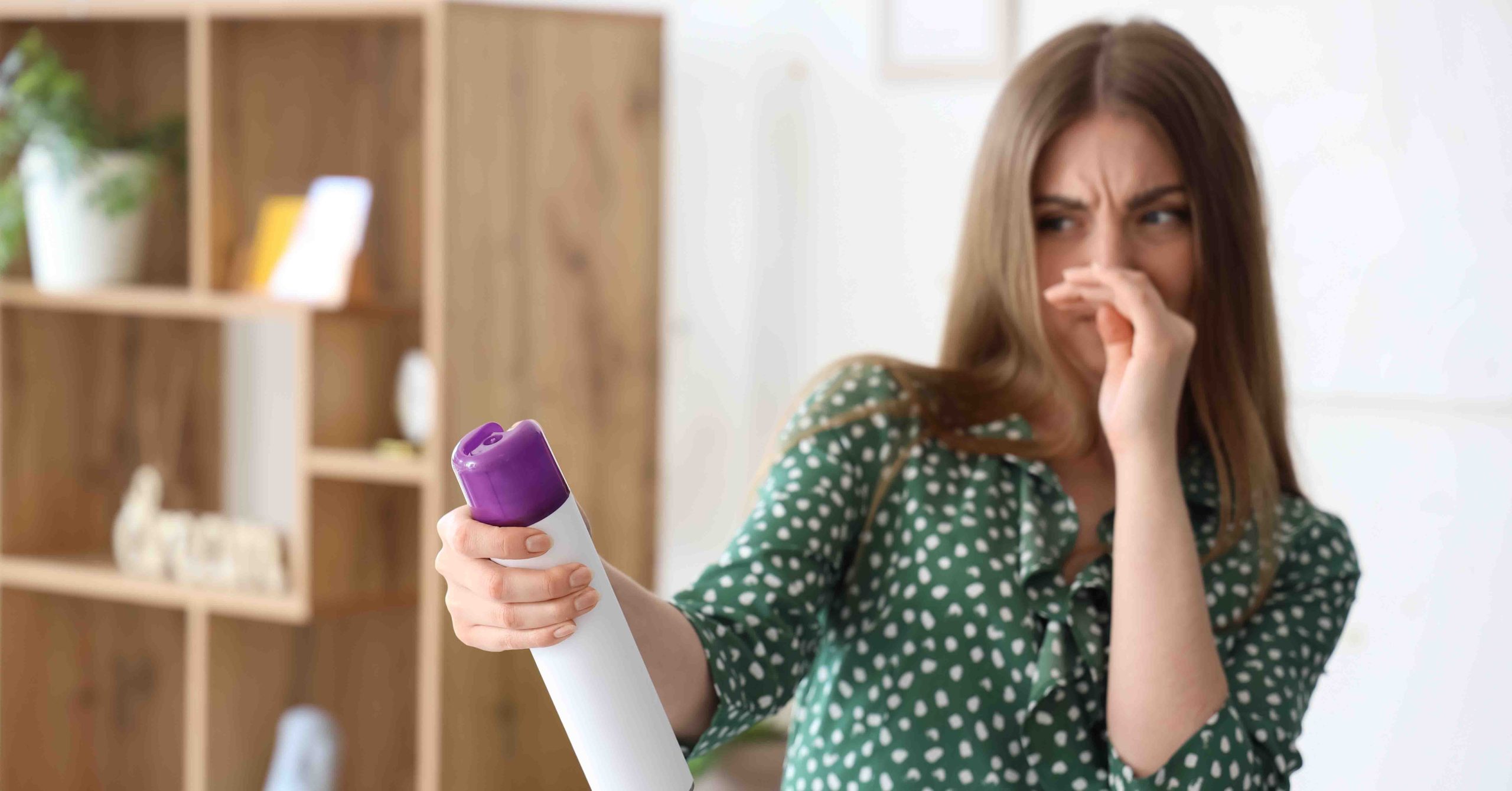When we think about indoor air quality, we often consider outside pollutants or building materials. But what about the everyday activities we do at home? Some common hobbies and habits can introduce harmful toxins and particles into the air, impacting your health over time. Let’s take a look at the top seven activities that can degrade your indoor air quality and what you can do to protect yourself and your family.
1. Smoking and Vaping Indoors: A Leading Source of Indoor Pollution
Smoking is a well-known source of indoor air pollution, and it’s not just the smoker who’s affected. Cigarette smoke releases thousands of harmful chemicals, including nicotine, carbon monoxide, formaldehyde, and fine particulate matter (PM2.5). These particles can linger in the air, infiltrating your home’s surfaces and posing serious health risks to everyone, especially children and pets.
Vaping isn’t any better! Some of the worst pollutants include nicotine particles that can be absorbed by surfaces, leading to thirdhand exposure (via skin contact or dust inhalation). Volatile Organic Compounds (VOCs) like formaldehyde, acetaldehyde, and acrolein are also found in vaping byproducts.
Heavy metals such as lead, tin, and nickel can leach from the heating coils in vape devices and get released into the air, which could be harmful when inhaled over time. Some flavored e-liquids contain diacetyl, which is linked to lung disease (like “popcorn lung”). While many manufacturers have reduced diacetyl, other similar flavoring chemicals may also pose respiratory risks. All of these can linger in indoor environments, potentially affecting people who don’t even vape themselves.
Solution: The best way to improve air quality is to avoid smoking and vaping indoors entirely. For those who have smoked and vaped indoors in the past, deep cleaning and using an Austin Air purifier with activated carbon and HEPA filters can help capture lingering particles and odors.
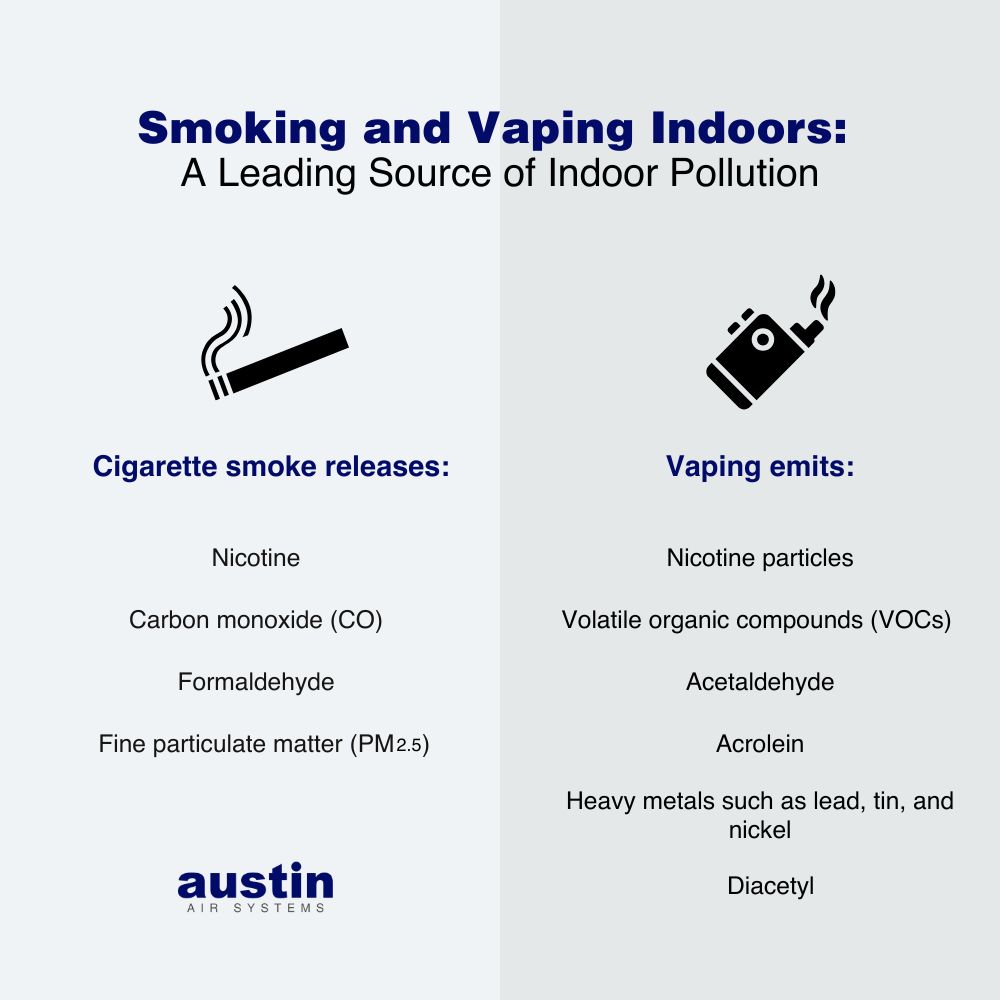
2. Cozy Nights by the Fireplace: Not So Cozy for Your Lungs
There’s nothing quite like curling up by a wood-burning fireplace, but did you know that it can release fine particulate matter (PM2.5), carbon monoxide (CO), and volatile organic compounds (VOCs) into your home? The list also includes polycyclic aromatic hydrocarbons (PAHs), formaldehyde, benzene, methane, dioxins, and acrolein. These pollutants can aggravate asthma, respiratory issues, and long-term health problems.
Solution: Ensure your fireplace is properly ventilated, clean your chimney regularly, and burn only dry, seasoned wood. Investing in a high-quality air purifier with a HEPA and activated carbon filter can help capture pollutants and keep your indoor air cleaner.
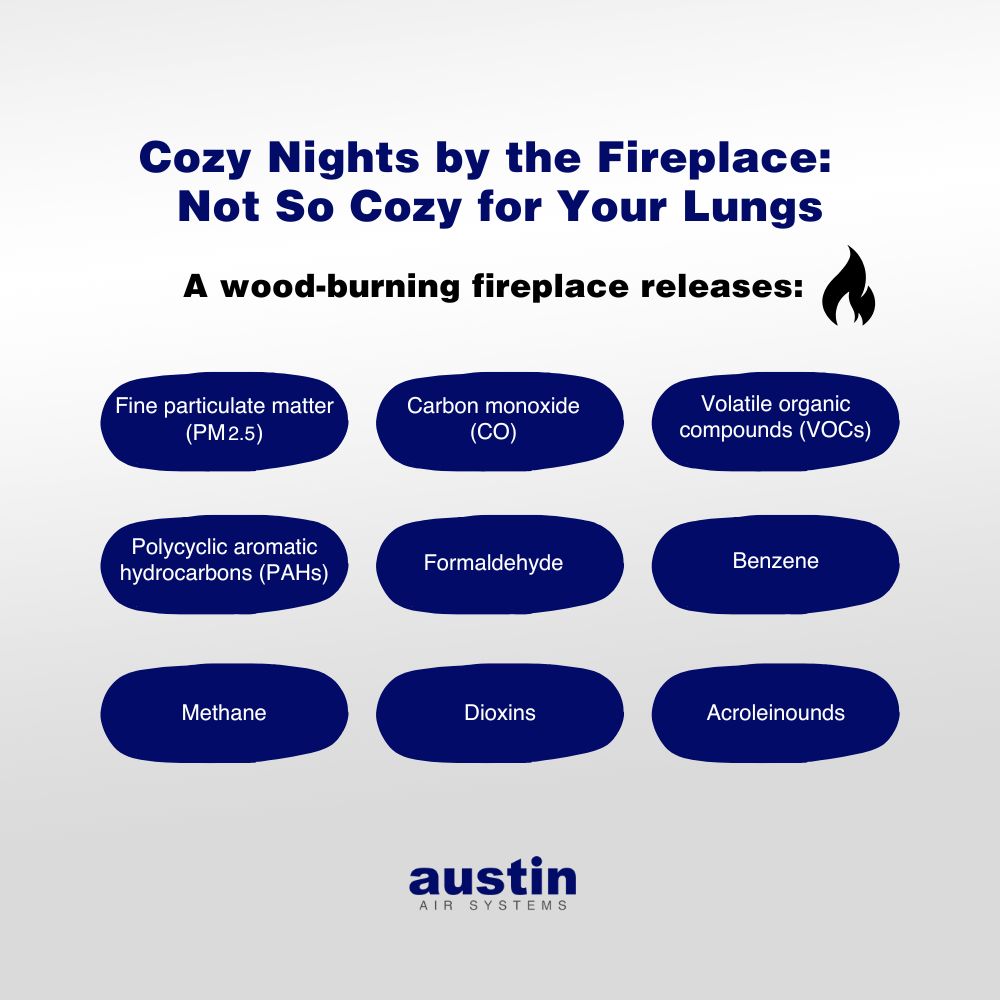
3. Spa Night Gone Wrong: Beauty Products Can Pollute the Air
At-home spa treatments may be relaxing, but many beauty products can release harmful chemicals into the air. Beauty products like nail polish, nail polish remover, hair spray, and even perfumes emit VOCs like formaldehyde, toluene, and acetone, which can contribute to poor air quality and respiratory irritation. There are also parabens, phthalates, synthetic fragrances (which can contain various VOCs), and other chemicals that can be endocrine disruptors.
Solution: Choose non-toxic, low-VOC beauty products when possible and keep your space well-ventilated. Avoid using too many fragranced candles or air fresheners, and opt for an air purifier that can capture VOCs to improve your indoor environment – like the Austin Air HealthMate Plus.
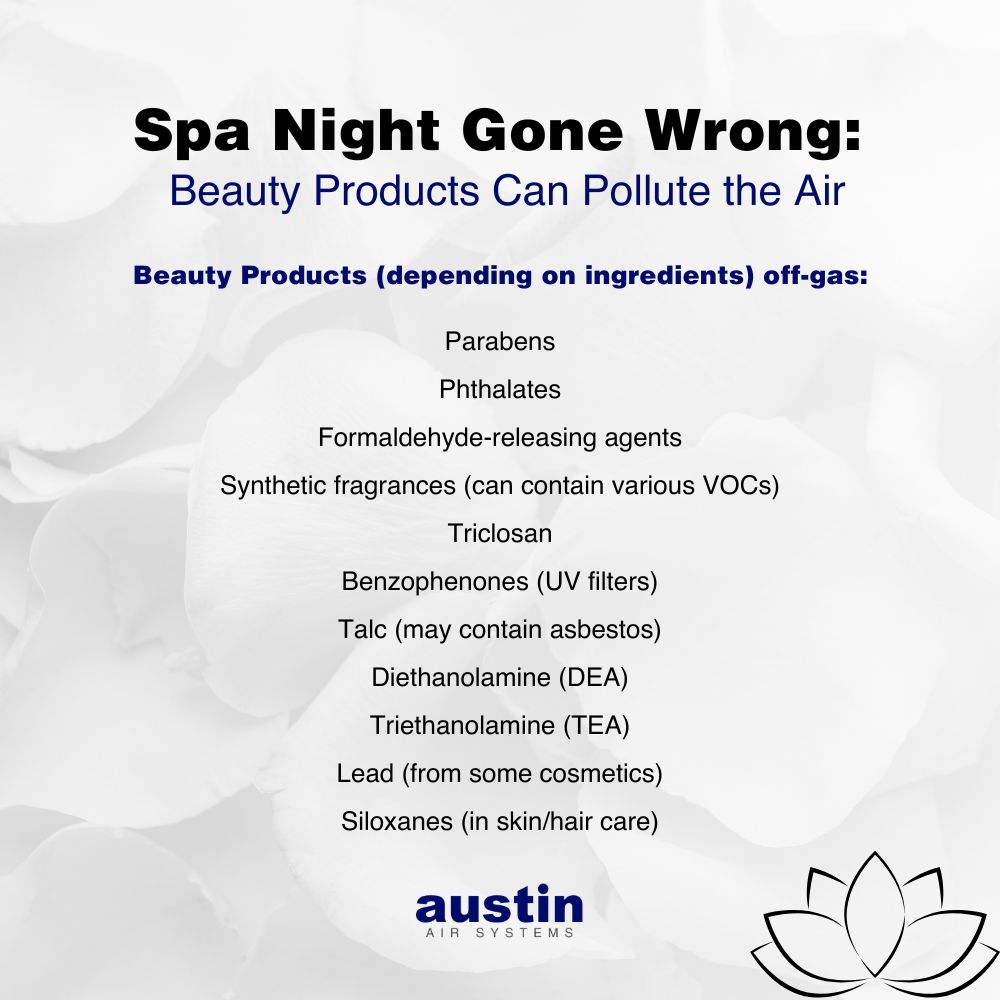
4. Crafting: A Hidden Air Quality Culprit
Whether you’re painting, gluing, or using solvents, crafting can release harmful chemicals into the air. Spray paints, adhesives, and markers often contain VOCs like toluene and benzene, which can build up indoors if the space is not well-ventilated. Even seemingly harmless activities like sanding or cutting can release fine particles into the air, affecting lung health.
Solution: Always craft in a well-ventilated area, preferably outdoors or in a space with open windows and a fan. Using non-toxic, low-VOC supplies can help, but an air purifier with advanced filtration is essential for keeping your workspace safe.
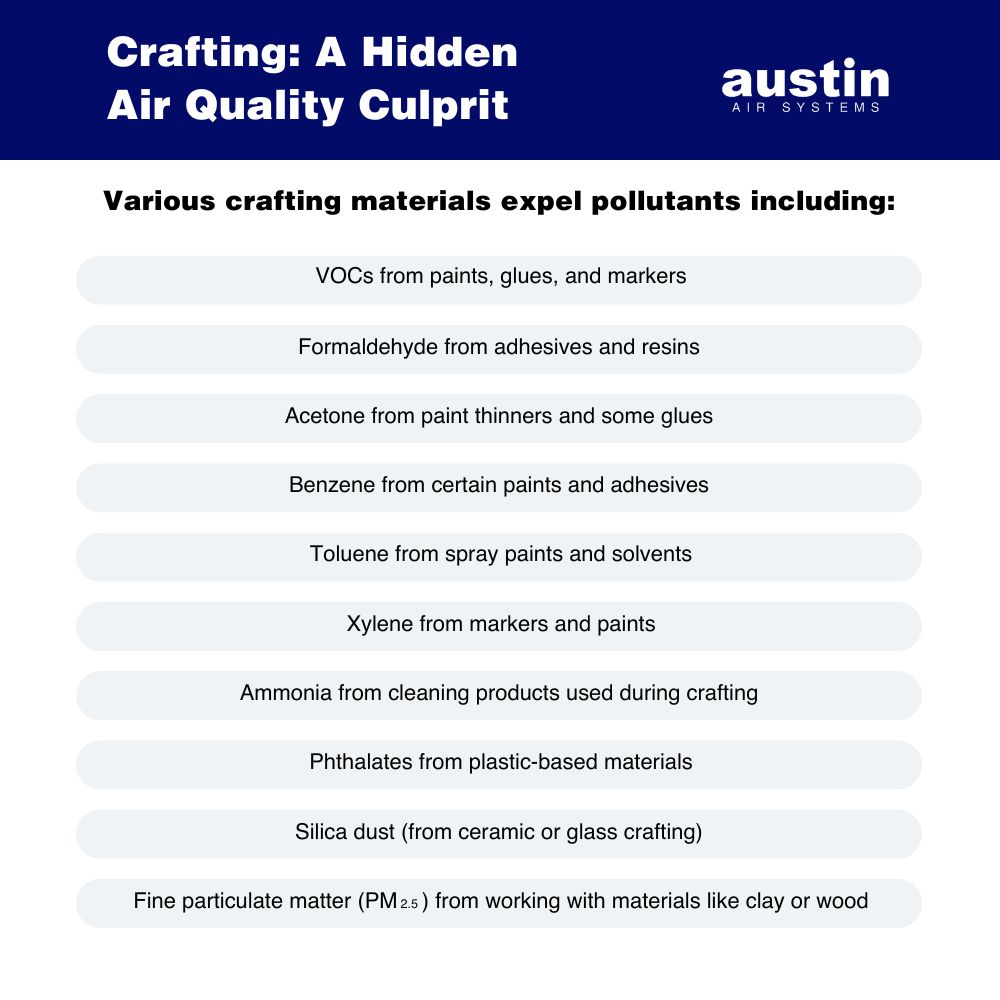
5. Cooking with Gas: A Surprising Air Quality Hazard
Cooking is something we do every day, but cooking with gas stoves can release pollutants like nitrogen dioxide (NO2) and carbon monoxide. These gases can irritate your respiratory system and contribute to long-term health issues if your kitchen isn’t properly ventilated.
Solution: Use a range hood or exhaust fan to vent pollutants outside while cooking. Regularly check your gas appliances for leaks, and consider using an air purifier that targets both fine particles and gases for added protection, like the Austin Air HealthMate Plus with HEPA and activated carbon impregnated with potassium-iodide that is particularly effective at adsorbing harmful gases.
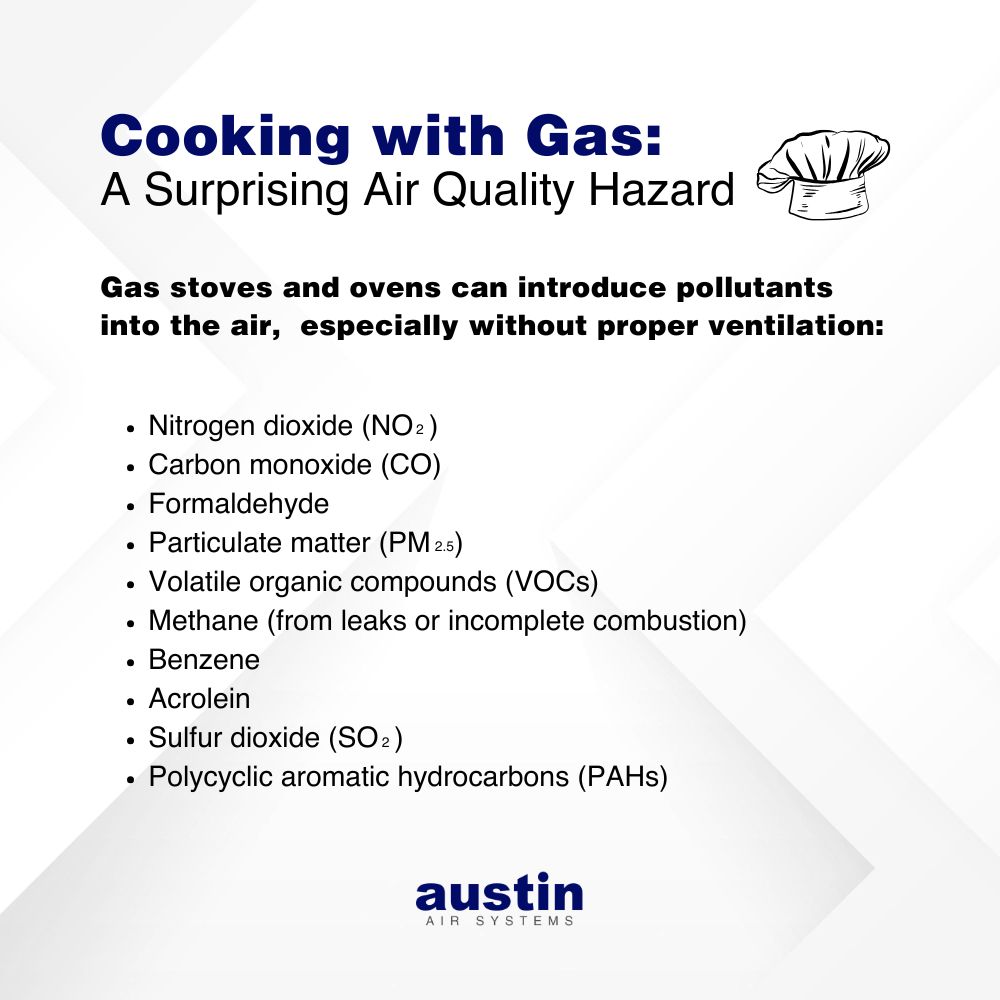
6. Home Improvement Projects: Paint Fumes and Dust Hazards
Taking on home improvement projects like painting or sanding might improve your home’s aesthetics, but they can degrade your air quality. Paints, varnishes, and solvents release VOCs, while sanding generates fine dust that can cause respiratory issues. Even moving back into a freshly painted room too soon can expose you to harmful fumes.
Solution: Opt for low-VOC paints and always work in a well-ventilated area. Make sure to allow adequate drying time before reoccupying a freshly painted room – a good rule of thumb is to wait double the curing time (if possible). Using an air purifier to filter out dust and chemical fumes can further improve your air quality.
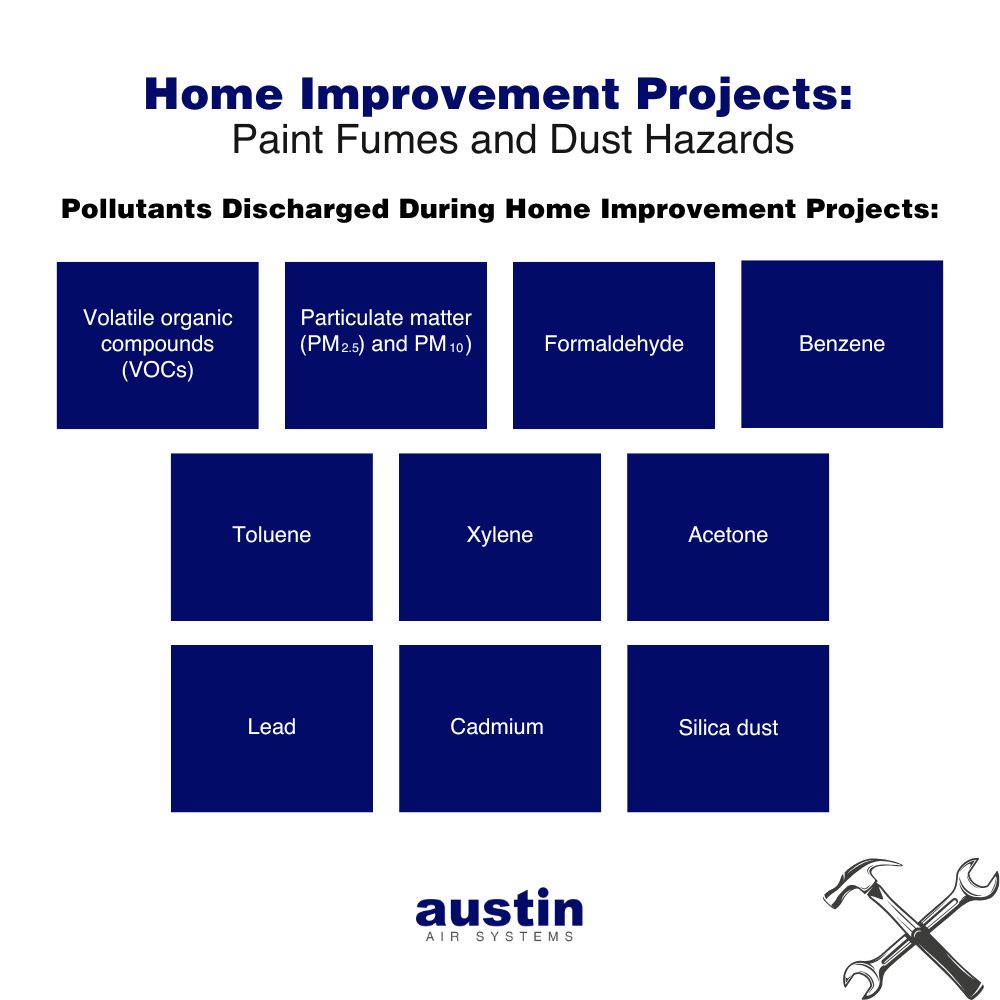
7. Scented Candles and Air Fresheners: Not as “Fresh” as You Think
We all love a nice-smelling home, but those scented candles and air fresheners are usually releasing more than just fragrance. Many artificial scents contain VOCs like benzene and formaldehyde, which can linger in the air and cause health problems over time. Aerosol sprays and plug-in air fresheners can be particularly harmful as they release chemicals directly into the air you breathe.
Solution: Consider using natural alternatives like essential oil diffusers or unscented candles made from beeswax or soy. If you’re attached to the ambiance, an air purifier can help reduce the impact of the pollutants these products release.

Protect Your Air and Your Health
Everyday activities at home can lead to a buildup of pollutants that degrade your indoor air quality. But with a little mindfulness, better product choices, and the right air purifier, you can enjoy these activities without compromising your health. Austin Air purifiers, equipped with HEPA filters and activated carbon, are designed to capture fine particles, VOCs, and other harmful contaminants, ensuring that you and your loved ones can breathe easier.
